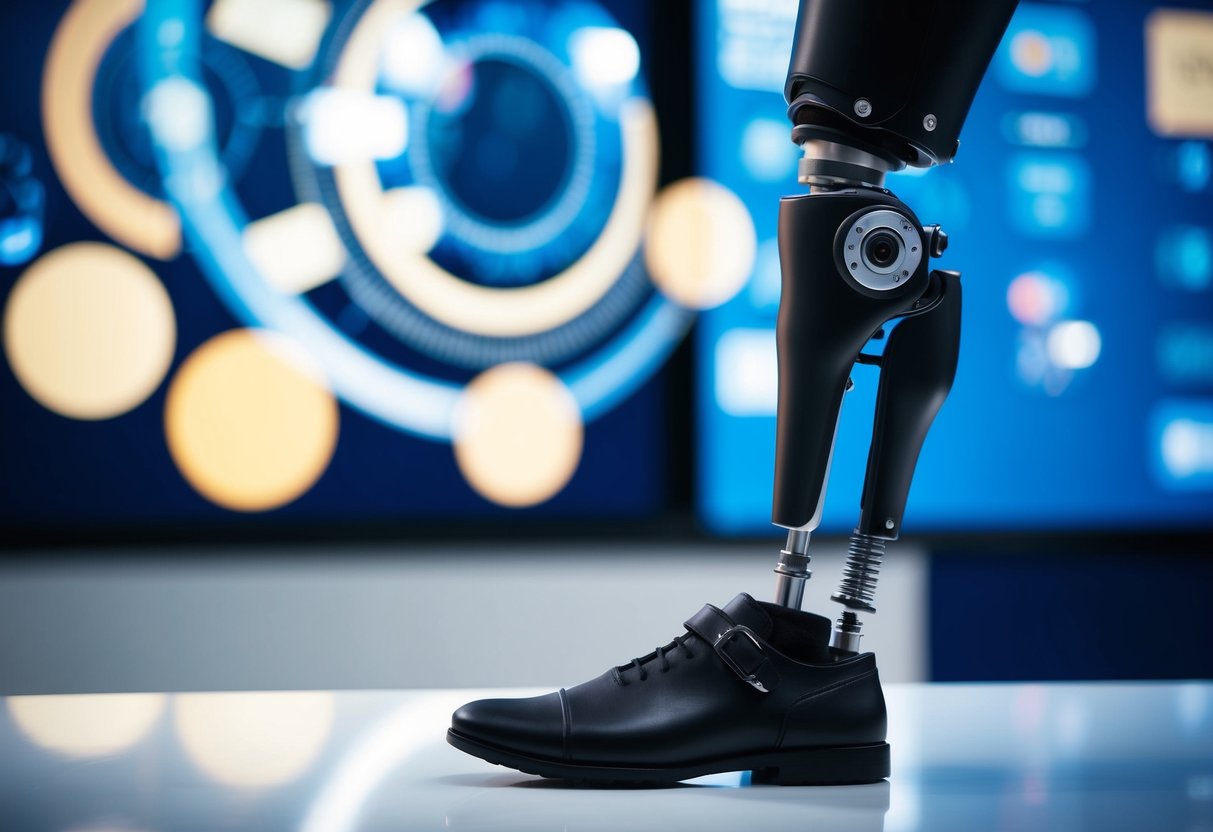
Ethical Considerations and Accessibility
Exploring AI-enhanced prosthetics necessitates addressing important aspects such as privacy concerns and the need for broad accessibility in this technological landscape.
Privacy and Permissions
In the realm of AI-enhanced prosthetics, privacy is a critical concern. Prosthetic devices often collect significant amounts of personal data about users, including their movement patterns and biometrics. Safeguarding this information is vital, requiring robust data protection measures.
Permissions for data use are paramount. Users must have control over who accesses their data and for what purposes. This ensures transparency and helps in building trust between users and developers. Additionally, leveraging data-sharing agreements aligned with frameworks such as Creative Commons can further enhance privacy while fostering innovation.
Effective permissions management can allow users to choose specific data-sharing settings, minimizing risks related to data breaches or misuse.
Ensuring Wide Accessibility
Accessibility is crucial in the development of AI-enhanced prosthetics, ensuring these devices are available to all who need them. Factors such as affordability and ease of use play pivotal roles in this regard. Many potential users face financial barriers, making the cost of these advanced devices inaccessible.
To address this, initiatives focused on reducing costs and offering financial assistance can be implemented. Furthermore, designs must accommodate diverse needs, ensuring user interfaces are intuitive.
Developers need to consider international disparities in healthcare access, prioritizing the distribution of assistive technology in underserved regions. By doing so, they can bridge the gap between technological advancement and practical availability, ensuring AI prosthetics benefit a broader audience globally.
The Symbiosis of AI and Electrical Engineering
AI-enhanced prosthetics are rapidly advancing due to significant developments at the intersection of AI and electrical engineering. This collaboration contributes to more effective circuitry, sensing technologies, and improved methods for powering neural implants.
Circuitry and Sensing Technologies
Circuitry plays a pivotal role in the effectiveness of AI-enhanced prosthetics. Engineers utilize cutting-edge designs that integrate seamlessly with human physiology, enhancing the prosthetics’ responsiveness.
Advanced sensing technologies are crucial for interpreting neural signals accurately. These technologies convert neurological inputs into digital data, allowing prosthetics to mimic natural limb movement. Electrical engineers collaborate with biomedical engineers to refine these systems, ensuring high precision and minimizing signal loss.
Efficient signal processing is another key area. Accuracy and speed in data translation from neural interfaces to mechanical movements are essential. The focus is on making systems more reliable and sensitive, significantly contributing to improved prosthetic function and user comfort.
Powering and Sustaining Neural Implants
Power management is a significant concern in neural implants. These devices require sustained energy supplies to maintain constant functionality without frequent battery changes or recharges.
Innovative solutions in electrical engineering address these challenges. Wireless power transfer and energy harvesting techniques are under exploration, providing potential pathways for continuous power delivery. These methods alleviate the need for invasive procedures to replace batteries, enhancing patient experience.
Sustainability of power sources is crucial for long-term viability. Electrical engineers are exploring nanogenerators and biofuel cells, both promising options that harness energy from the body’s natural functions. This research aims to create implants that operate autonomously, reducing maintenance needs and improving integration with the user’s lifestyle.